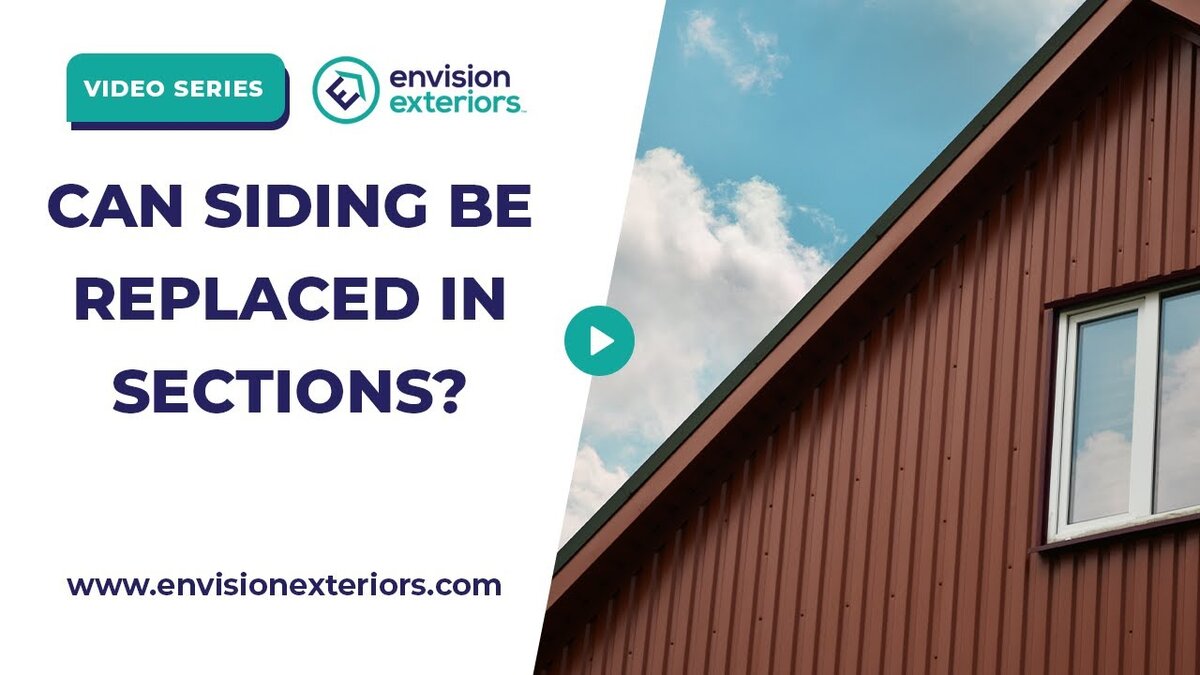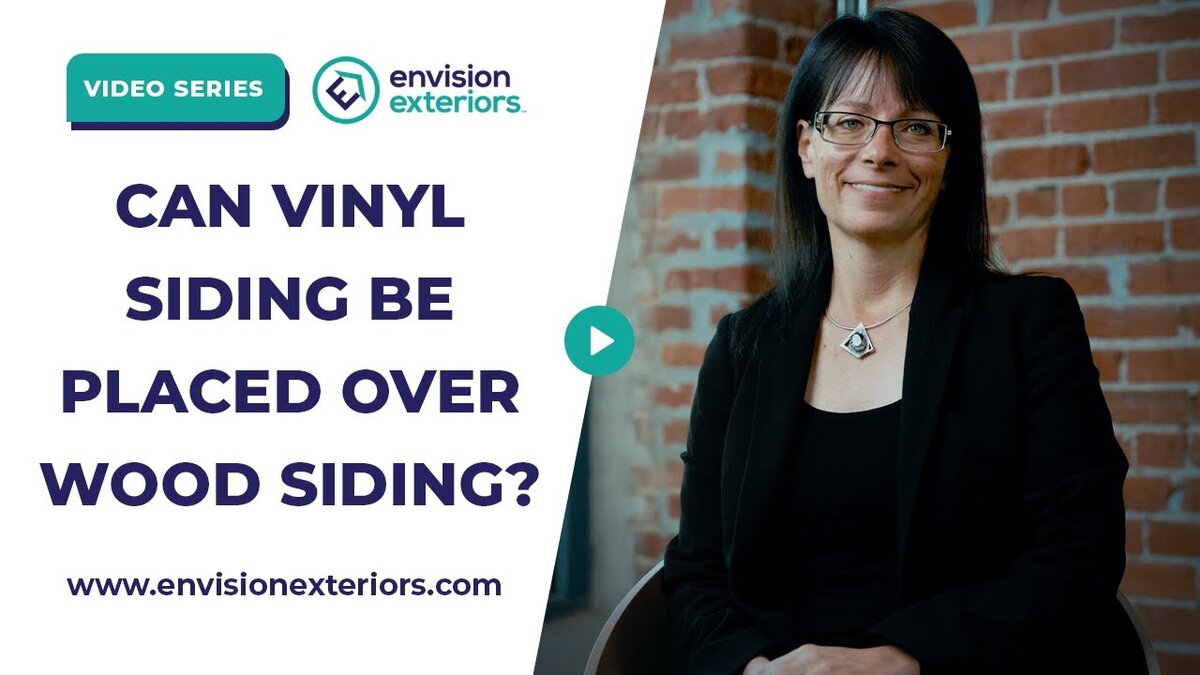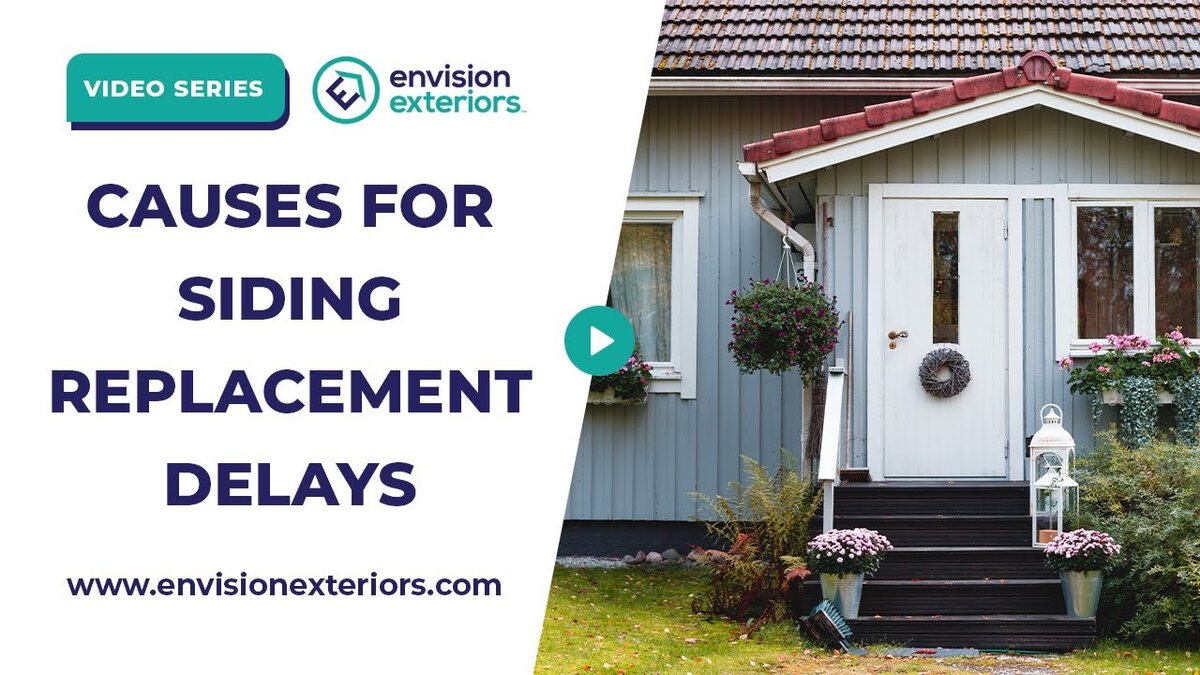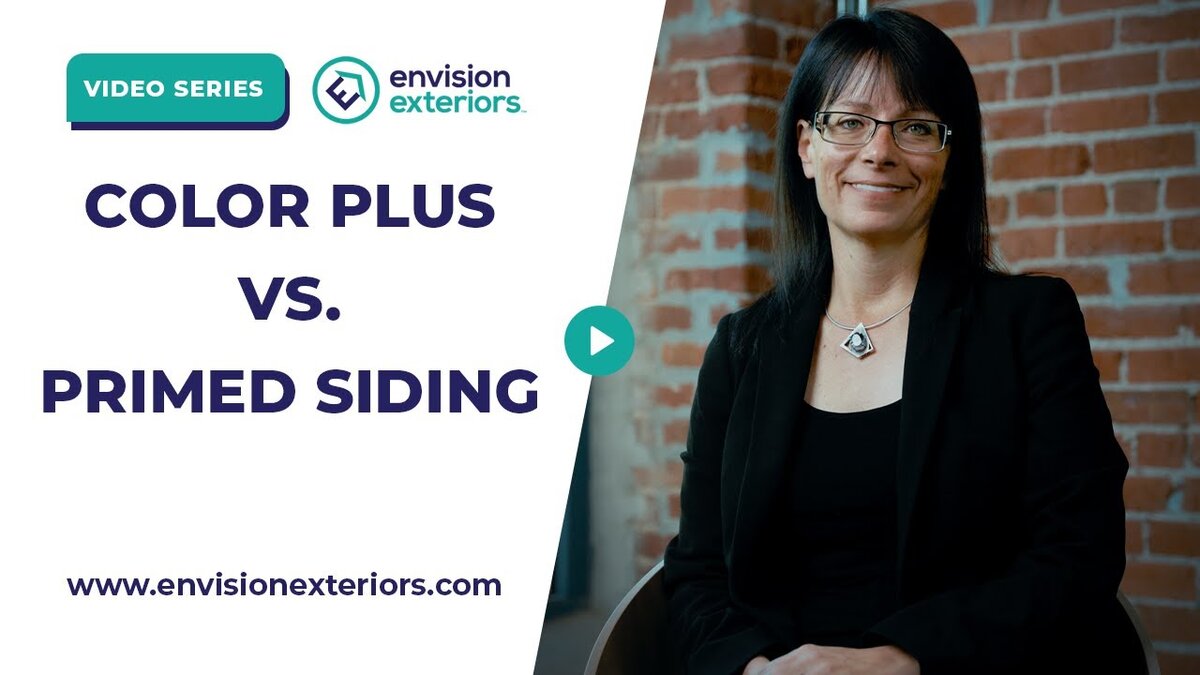Choosing the right siding for your home is crucial not only for aesthetics but also for the longevity and protection of your home. Traditional wood siding and James Hardie siding represent two distinct choices, each with its own set of benefits and challenges. In this blog, we will explore the features of both types of siding to help you determine which is the best fit for your home’s needs and your personal preferences.
What Is Traditional Wood Siding?
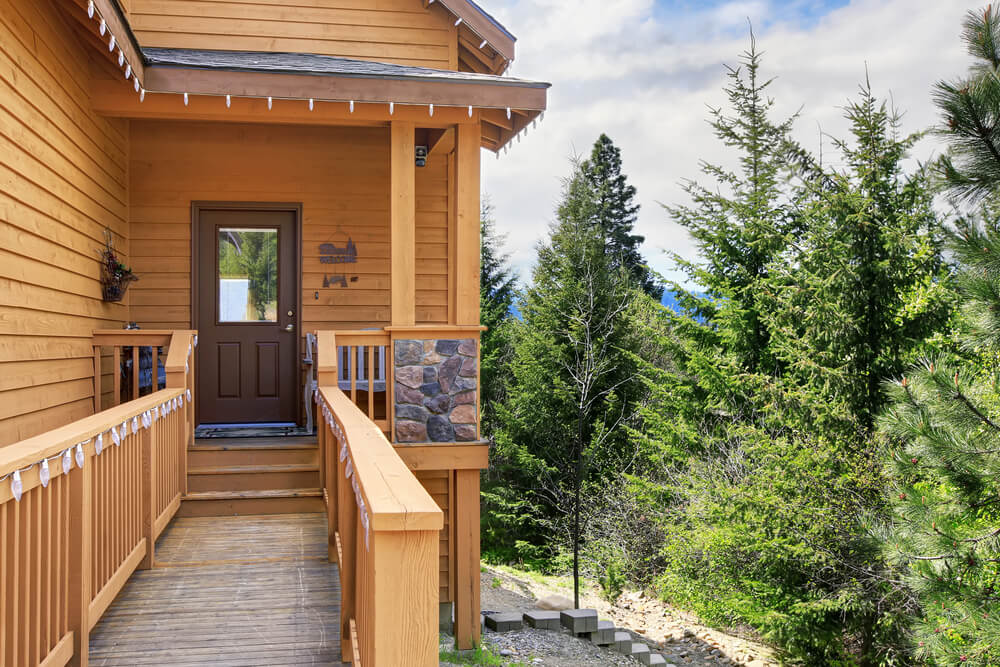
Traditional wood siding has been a staple in home construction for centuries. Typically made from cedar, pine, or redwood, wood siding offers a timeless aesthetic that adds warmth and character to any home. Its natural beauty and versatility have made it a popular choice among homeowners and builders alike.
However, traditional wood siding is not without its drawbacks. It requires regular maintenance, including painting or staining, to protect it from the elements and prevent rot and decay. Additionally, wood siding is susceptible to pests such as termites, which can cause significant damage if left unchecked.
What is James Hardie Siding?
James Hardie siding, also known as fiber cement siding, is a newer alternative to traditional wood siding. Made from a blend of cement, sand, and cellulose fibers, James Hardie siding offers the look of wood with added durability and low maintenance.
One of the key advantages of James Hardie siding is its resistance to moisture, rot, and pests. Unlike wood siding, James Hardie siding does not warp, crack, or split, making it an ideal choice for areas with high humidity or extreme weather conditions. Additionally, James Hardie siding is fire-resistant, providing an added layer of protection for your home.
Comparing Durability and Maintenance
When comparing James Hardie siding to traditional wood siding, durability and maintenance are important factors to consider. While wood siding requires regular upkeep to maintain its appearance and structural integrity, James Hardie siding is virtually maintenance-free. With proper installation and minimal maintenance, James Hardie siding can last for decades, saving you time and money in the long run.
Aesthetics and Customization Options
Both James Hardie siding and traditional wood siding offer a wide range of aesthetic options to suit any home style or preference. From classic lap siding to modern vertical panels, homeowners can choose from a variety of styles, textures, and colors to achieve their desired look.
Environmental Impact
In terms of environmental impact, traditional wood siding is often perceived as more sustainable due to its natural composition. However, James Hardie siding is made from sustainable materials and is designed to last longer, reducing the need for frequent replacement and minimizing waste.
In Summary
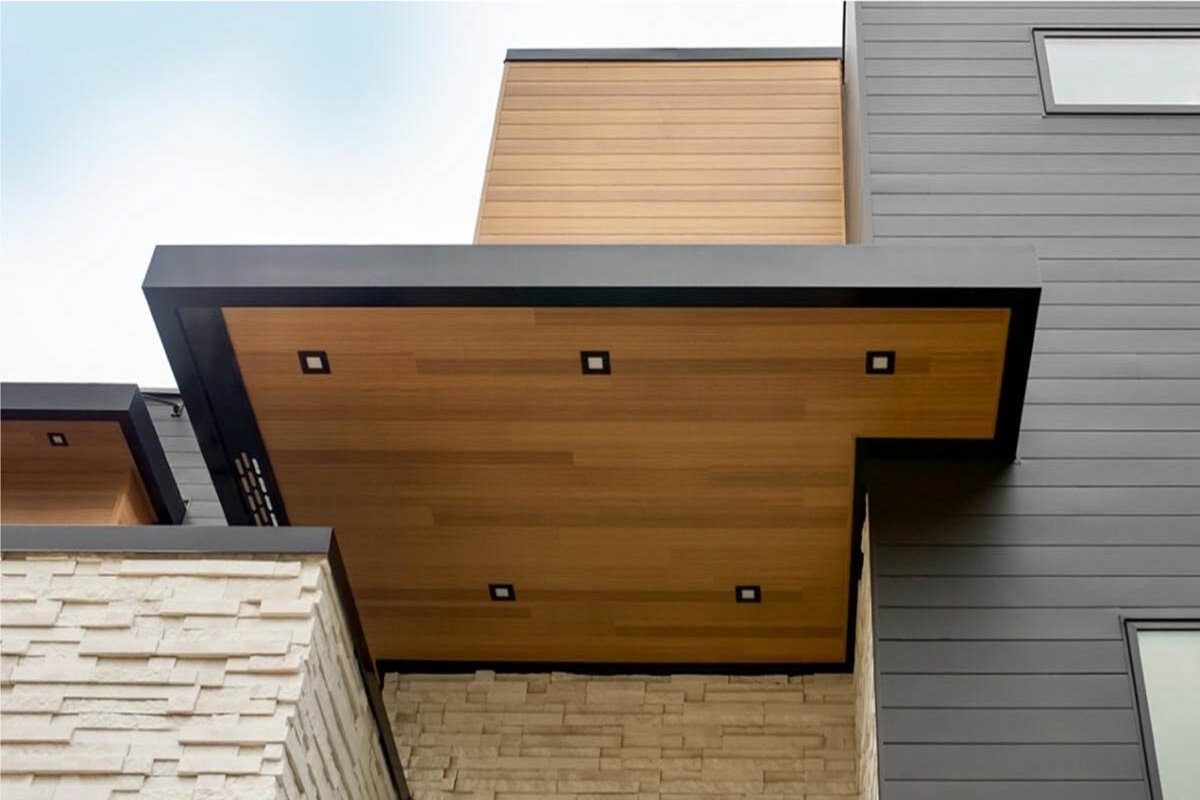
Both James Hardie siding and traditional wood siding have their own unique advantages and drawbacks. While traditional wood siding offers a classic aesthetic, it requires regular maintenance and is susceptible to damage from moisture and pests. On the other hand, James Hardie siding provides durability, low maintenance, and a wide range of customization options.
Ultimately, the choice between James Hardie siding and traditional wood siding will depend on your personal preferences, budget, and specific needs. Whether you prioritize aesthetics, durability, or environmental impact, it’s important to weigh the pros and cons of each option before making a decision.
If you’re considering siding options for your home, contact Envision Exteriors today to learn more about how James Hardie siding compares to traditional wood siding and find the perfect solution for your home exterior.

